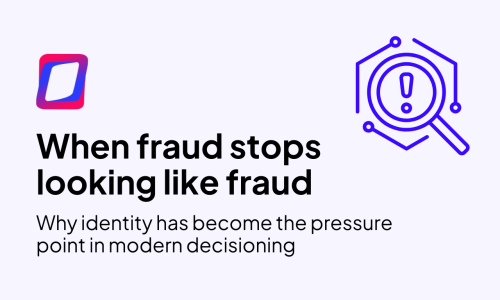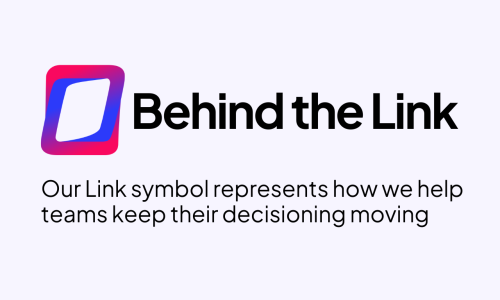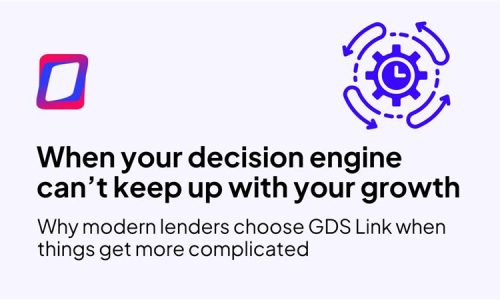How to Build a Proven Debt-Collection Strategy That Works
Improve Your Debt Collection Strategy and Understanding how to Help Customers in Financial Difficulty
Understanding the challenges of customers experiencing financial difficulty is critical for a lender in the debt collection process. However, knowing the best course of action to take when collecting delayed payments may be difficult, and even more challenging is balancing the requirement to manage those payments with the customer’s ability to pay.
According to a study by The Lending Tree, Americans owed $178 billion in debt as of the first quarter of 2022 — the highest in 17 years. That’s a substantial 24% increase from the first quarter of 2021, when Americans owed $144 billion.
And, if the last few years have taught us anything, it is critical now, more than ever, for lenders to proactively establish an effective collection strategy to manage their loan portfolio.
What is a Collection Strategy?
A collection strategy is an action plan that helps stabilize cash flow to receive customer money. It is typically used to ensure that the goods collected are relevant and accurate. In certain cases, collection plans may involve specialized debt-gathering procedures or techniques, such as conducting surveys or interviews, searching web databases, or utilizing other sources of information.
Developing a collection strategy involves identifying and prioritizing the types of information and data that will be most beneficial to you and establishing how to obtain and manage this information successfully.
Here are a few best practices to consider when developing a collection strategy:
-
- Define Objectives: Clearly define the strategy’s goals and objectives, including the information and data needed to support the company’s mission and operations.
- Identify Target Audience: Determine who will use the information and data collected. This will focus on the collection efforts and ensure the most relevant and valuable information is acquired.
- Evaluate Existing Resources: Take inventory of the information and data that the company already has and assess its quality and relevance. This will help identify gaps in the collection process and prioritize acquisition efforts.
- Determine Budget and Resources: Consider the resources (e.g., budget, staff time) required to acquire and manage the information and data needed. Make sure to have adequate resources in place to support the collection efforts.
- Develop a Plan: Create a detailed plan outlining the steps needed to acquire and manage the information and data. This should include specific tactics for identifying and developing new resources and strategies for preserving and organizing existing resources.
- Implement and Review: Put the collection plan into action and regularly review and assess progress to ensure that the business meets goals and objectives. Be prepared to make adjustments as needed.
Establishing a Collection Strategy That Works
Early involvement, flexible payment alternatives, and clear communication are all components of an effective collection approach that may benefit lenders and their consumers. It must prioritize the customers’ needs and offer support and financial counseling.
Having suitable credit rules and collection procedures in place is critical to the success of any organization, as is determining what forms of credit to offer. Here’s a summary of some crucial things to look for when developing a collection strategy for your business:
- Early intervention to address potential issues before they become serious.
- Flexible payment alternatives to help customers with debt management.
- Clear, consistent communication to ensure customers understand their options and responsibilities.
The benefits and advantages of having a robust strategy include the following:
- Increased likelihood of debt repayment.
- Improved customer satisfaction and increased retention.
- Reduced risk of charge-offs and bad debt.
- Improved financial performance for your organization.
- Positive reputation and relationship with your customers.
- Compliance with regulations and industry best practices.
Taking Control of Debt Collection
When taking control of debt collection, developing a collection strategy is critical to assuring prompt repayment of clients’ and customers’ loans and minimizing the risk of default. A well-defined collection strategy helps lenders identify and address potential issues before they develop and helps establish a strong, working relationship with borrowers.
Lenders may increase their cash flow and lessen the strain on their internal resources by proactively managing the collection process. A collection strategy helps lenders to comply with applicable laws and regulations, which can assist in mitigating legal risks and protect the lender’s reputation. Ultimately they are an essential tool for lenders to effectively manage their loans and maintain the health of their business.
There are several strategies to implement to collect outstanding debts effectively:
- Establish Clear Terms and Conditions: Make sure that borrowers understand the terms of their loan, including the interest rate, repayment schedule, and any fees that may be charged.
- Stay in Communication: Maintain regular contact with borrowers and be open to negotiating a repayment plan if needed. This can help to prevent the debt from becoming delinquent.
- Use Collection Agencies: If the borrower cannot pay the debt, a lender may engage a collection agency to collect the debt on their behalf.
- Legal Action: If all other efforts to collect the debt have failed, a lender may consider taking legal action to recover the debt. This could include filing a lawsuit or garnishing the borrower’s wages.
- Offer Incentives: Consider offering incentives to borrowers who can pay off their debt on time, such as reducing interest rates or fees.
Increase your Loan Portfolio and Profits with GDS Link’s Proven Collection Strategy
GDS Link understands the difficulties that lenders have while dealing with debtors. That is why we have created a strong debt collection approach that has assisted many lenders in improving their bottom line while keeping excellent client connections.
Recent articles

When Fraud Stops Looking Like Fraud
Read article
Behind the Link
Read article





